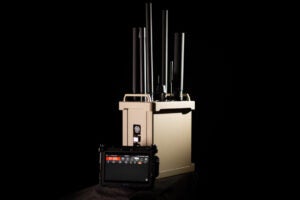
Congress is likely to alleviate the drubbing that platform procurement, particularly aircraft programs, took in the Defense Department’s fiscal 2017 budget request, according to a review of the spending plan by Avascent Analytics Managing Director Doug Berenson.Pentagon budgeters cut most major procurement and modernization portfolios in the budget pitched Feb. 9 to pay for near-term war fighting capabilities. But Congress has established a routine of adding significant funding to aviation, shipbuilding and ground vehicle programs, in its final appropriation, Berenson…

 By
By 











